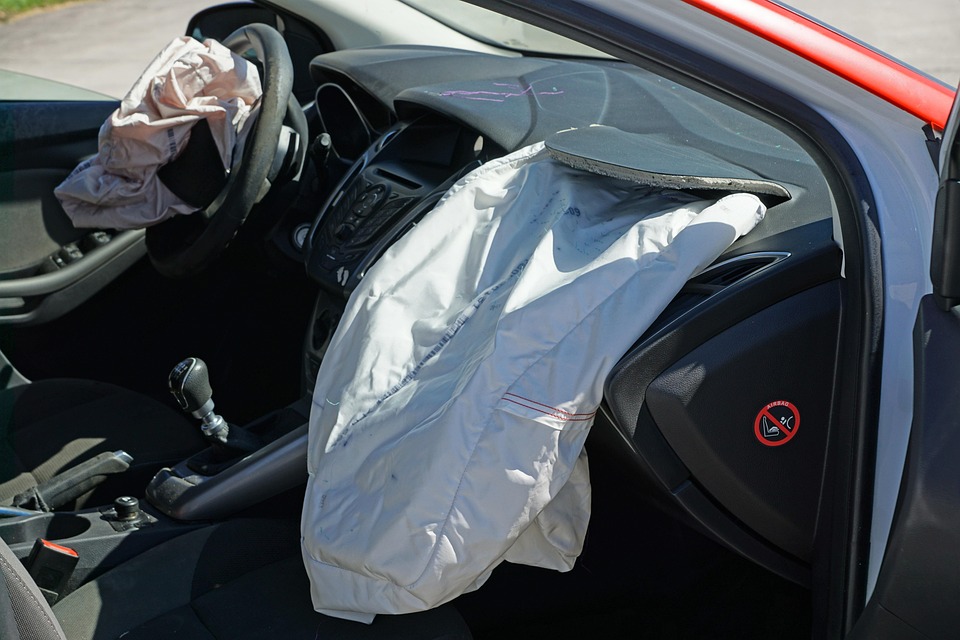Understanding the Basics of Auto Insurance: What You Need to Know
Auto insurance is a crucial aspect of vehicle ownership that offers financial protection against various risks associated with driving. Whether you are a new driver or an experienced one, understanding the basics of auto insurance can help you make informed decisions and ensure you have the coverage you need. This article will break down the key components of auto insurance, the types of coverage available, and some tips for finding the best policy for your needs.
What is Auto Insurance?
Auto insurance is a contract between you and an insurance company that provides financial protection in the event of an accident, theft, or damage to your vehicle. In exchange for regular premium payments, the insurer agrees to cover certain costs associated with accidents or damages, helping to safeguard your financial well-being.
Types of Coverage
Understanding the different types of auto insurance coverage is essential for making informed choices. The main types of coverage include:
Liability Coverage
Liability coverage is typically required by law in most states. It helps pay for damages and injuries you cause to others in an accident. This coverage is divided into two parts:
1. **Bodily Injury Liability**: Covers medical expenses and lost wages for the other party if you are at fault in an accident.
2. **Property Damage Liability**: Covers the cost of repairs to the other party’s vehicle or property that you damage in an accident.
Collision Coverage
Collision coverage helps pay for repairs to your vehicle after an accident, regardless of who is at fault. If your car is totaled, this coverage can also provide compensation for its actual cash value.
Comprehensive Coverage
Comprehensive coverage protects against non-collision-related incidents, such as theft, vandalism, natural disasters, and animal collisions. This coverage is particularly important for those living in areas prone to such events.
Personal Injury Protection (PIP) and Medical Payments Coverage
Both PIP and medical payments coverage help cover medical expenses for you and your passengers in the event of an accident, regardless of who is at fault. PIP may also cover lost wages and other related costs, while medical payments coverage is typically more limited.
Uninsured/Underinsured Motorist Coverage
This coverage protects you if you are involved in an accident with a driver who does not have insurance or does not have enough coverage to pay for your damages. It can help cover medical expenses and property damage.
Factors Affecting Auto Insurance Rates
Several factors can influence the cost of your auto insurance premiums, including:
– **Driving Record**: A clean driving history often leads to lower premiums, while accidents or violations can increase costs.
– **Vehicle Type**: The make, model, and age of your vehicle can impact your insurance rates. More expensive or high-performance cars typically have higher premiums.
– **Location**: Your geographic location plays a role in determining rates, as areas with higher crime rates or accident frequencies may lead to increased costs.
– **Coverage Levels**: The more coverage you choose, the higher your premiums will be. Balancing coverage levels with your budget is essential.
– **Deductibles**: Higher deductibles can lower your premium, but they also mean you will pay more out-of-pocket in the event of a claim.
Tips for Choosing Auto Insurance
When selecting auto insurance, consider the following tips:
1. **Shop Around**: Compare quotes from multiple insurance providers to find the best coverage at the most competitive rates.
2. **Understand Your Needs**: Assess your driving habits, vehicle type, and financial situation to determine the coverage that best fits your needs.
3. **Ask About Discounts**: Many insurers offer discounts for various reasons, such as safe driving, bundling policies, or completing driver education courses.
4. **Review Your Policy Regularly**: As your circumstances change, such as moving or purchasing a new vehicle, it’s essential to review and adjust your coverage accordingly.
Conclusion
Understanding the basics of auto insurance is essential for all drivers. By familiarizing yourself with the different types of coverage, factors affecting rates, and tips for choosing a policy, you can make informed decisions that protect both your vehicle and your financial future. Whether you’re a new driver or looking to reassess your current policy, taking the time to understand auto insurance is a crucial step in responsible vehicle ownership.



